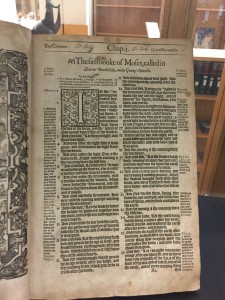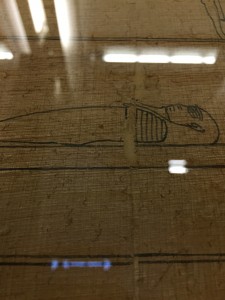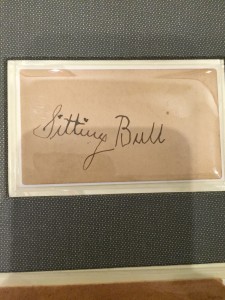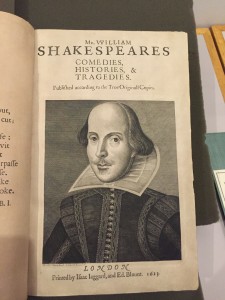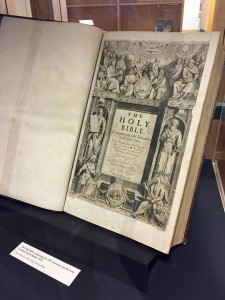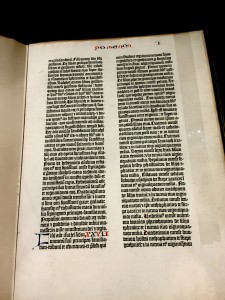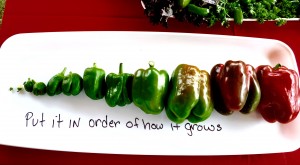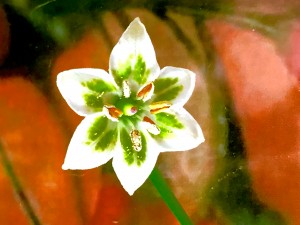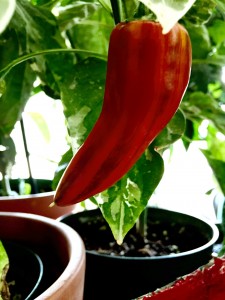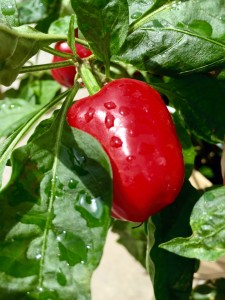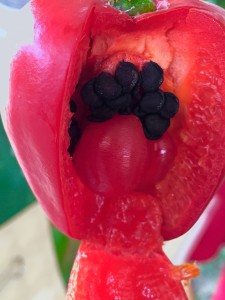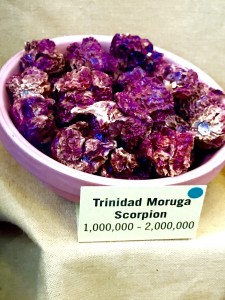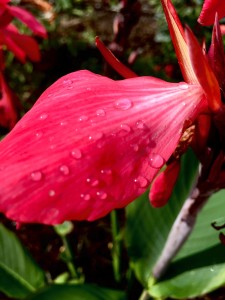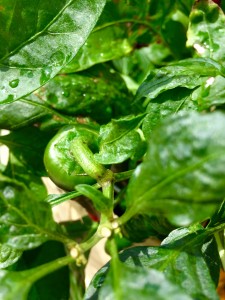We arrive in Bailey Hall mere minutes before the performance. The median age is roughly 65 (we receive a couple surprised looks as we enter) and the room is awash with the comfortable din of conversation and laughter. We take our seats quickly, and the light dims almost immediately.
As the first c minor chord sounds, true and clear, I am filled with a sort of comfortable familiarity that comes with returning home for the holidays after a long time away. His hands fly across the ivory keys, striking each with the precision and control that distinguish a concert pianist from an amateur.
For me, this first sonata is especially special because I’ve played it myself (although obviously not nearly as well as Emanuel Ax). However, the sense of kinship the piece evoked within me created a unique and enjoyable listening experience unlike any other classical concert I’ve attended. He then moved into several other classic compositions by Beethoven and Chopin, demonstrating his grasp of the old masters for a public audience, though his biography notes that he is also accomplished in more niche pieces.
It was so, so nice to have the opportunity to hear a professional, world-renowned concert pianist in concert. As a classically-trained pianist myself, being able to hear him play inspired me to learn new pieces, such as some of the Chopin pieces that he performed. Though many people love classical piano, few appreciate how much time and effort it takes to reach the level of finesse and control that professional concert pianists display. People say it takes 10,000 hours to become a master, but most professional concert pianists have far exceeded that amount by the time they are performing in concert. To be able to see that the fruits of that labor live was quite a fantastic treat.
As the second act progressed, he kept the audience enthralled by a series of increasingly complex scherzos. Each cadence and nuance was skillfully executed with technical perfection, but he also plucked each emotion from the music as clearly as if he was painting on a canvas.
I am so glad I had the chance to see Emanuel Ax in concert, and can’t wait to see what other concerts happen this semester.

